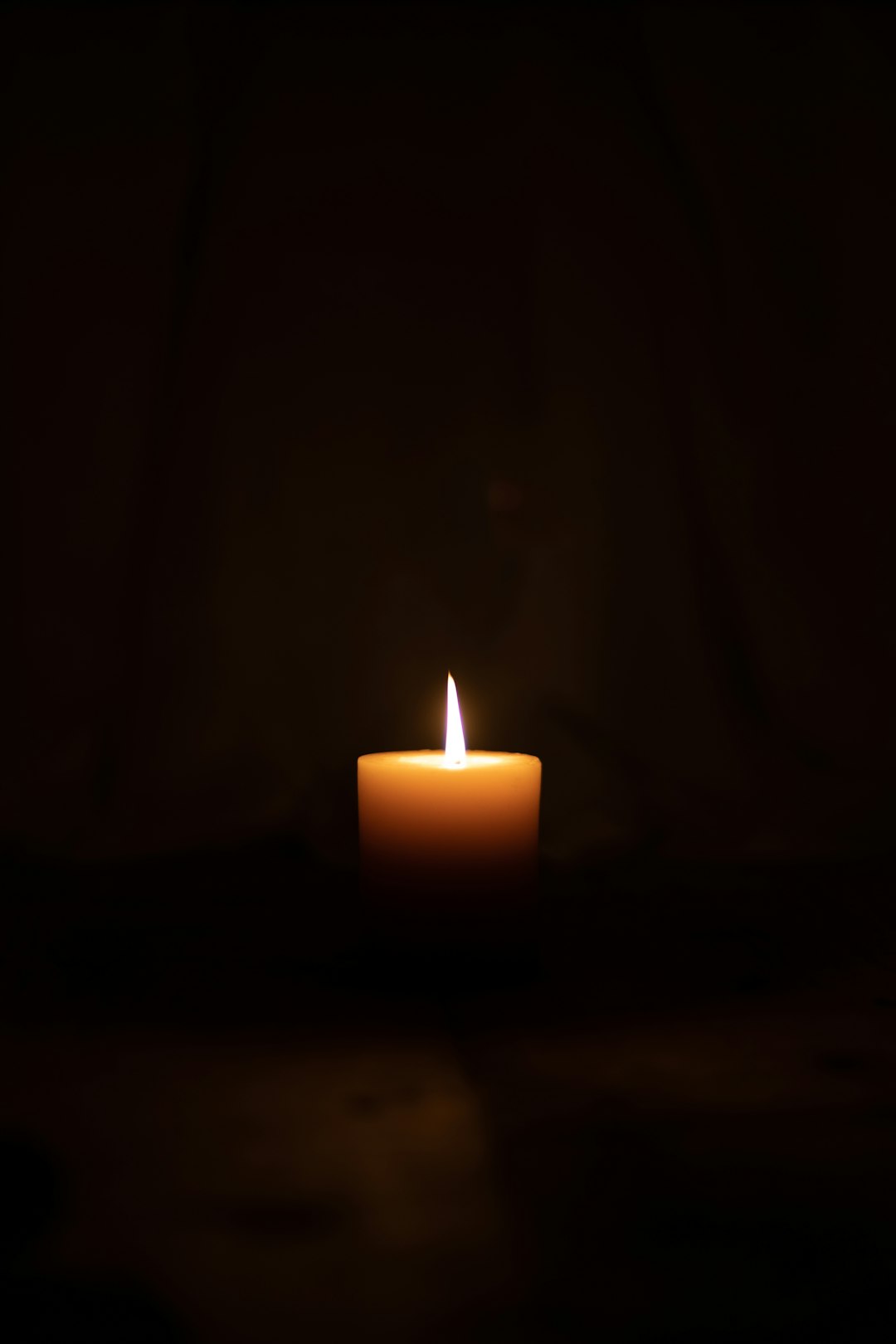
Over the weeks of Advent, I’ll just be helping us take a small moment to pause as we consider how we might keep this season and be kept by it. Expect longer essays once we hit the new year; for now, consider these small moments to reflect in the midst of a busy season.
We passed by the Santa Claus photos at the mall the other day. It’s a mall we’ve been to perhaps a hundred times, and we came to walk through it again this Thanksgiving holiday. My children joked we should get a photo with Santa — all in our grubby jeans and mismatched clothes. We probably should’ve.
I remember the years where I’d have to join in the picture-taking throng or else a child might lose it next to a big stranger with a big beard. I remember trying to replicate the yearly photos that tell the story of our family. I remember the attempts to cajole the younger children into smiling and the older children into wearing a nice sweater for a quick snapshot, complete with incentives of a sweet treat to follow.
For all the effort of those photos, they still make me smile — and it’s probably the work behind each one that creates a shared fabric of memories of what it means to be, well…us. The photos aren’t the thing, but they point to the thing. And the thing is always a we instead of a me — which brings me to thinking about Advent in light of my recent writing on a therapeutic age.
If our therapeutic age emphasizes the desires and feelings of the individual at the expense of the community, what are some small practices that we can do this Advent to order our loves rightly?
Advent practices can of course morph into another spot for the therapeutic to take up residence — just as any spiritual discipline or act of service can. Just take a look on Instagram. The pajama pictures. The Advent reading and wreath by the light of candles. The cookie baking. While we can use social media as an online photo album, it can easily be turned into fodder for a feeling of faith over the gritty, often unspectacular expression of it.
Hope always grows in the dark — that’s where it gets big enough to be a force instead of an idle wish anyway. How might we cultivate hope? And how might we cultivate hope without aligning it with the aims of the therapeutic?
We must name our hope and its source. For Christians, hope comes in the form of a baby born in the squalor and social invisibility of a stable. Hope comes in the form of a Messiah who would make justice and mercy roll like a mighty ocean. Hope comes in the midst of oppression, pain, and even in the ordinary elements of a life. How might we make room for this hope and, how might it extend to more than any individual?
As we think of cultivating hope not just of individuals but also of families, neighbors, and nations this season, here are a few guardrails that might help us foster hope
Keep it quiet. Hope needn’t be broadcasted online. Start by naming your hopes for this season. Name them in prayer. Consider bringing in friends to pray alongside you.
Keep it imperfect. As you practice Advent and Christmas traditions, remember that magic isn’t the goal, showing up is. Children and adults alike need to see that hope is both audacious in its reach and humble in its execution.
Keep doing it. Hope, like our Advent traditions, grows like a muscle with repeated practice. Whether it’s doing an Advent reading daily, going for a walk, bringing others alongside you to pray, sharing or serving this season, keep it up.
May your Advent be full of deep longing for mercy, grace, justice and truth and may it show up in a million small ways that no one sees and that extends far beyond yourself.
A Few Housekeeping Notes
Thinking about time, you’ll be glad to hear of Jen Pollock Michel’s book, out on December 13, In Good Time: 8 Habits for Reimagining Productivity, Resisting Hurry, and Practicing Peace. You can preorder a copy now to get in on her rule of life course in January. She’ll be on the Finding Holy Podcast the next three weeks as we talk about time anxiety this season. (I’m also giving away 5 copies! Just review the podcast and email me at findingholypodcast@gmail.com to enter).
Other parts of this series on the therapeutic age are below:
If you missed it, on the podcast we’ve had Hannah Anderson on Advent (episode 137), Ann Swindell about overwhelm (episode 136) and Glenn Packiam on resilience in the church (Episode 135).
I’m now producer The Russell Moore Show at Christianity Today. I’d love to hear what you think and send your questions to questions@russellmoore.com.
This substack is a labor of love. Thanks for reading, sharing and subscribing!


